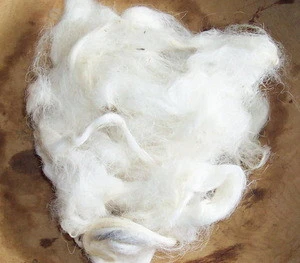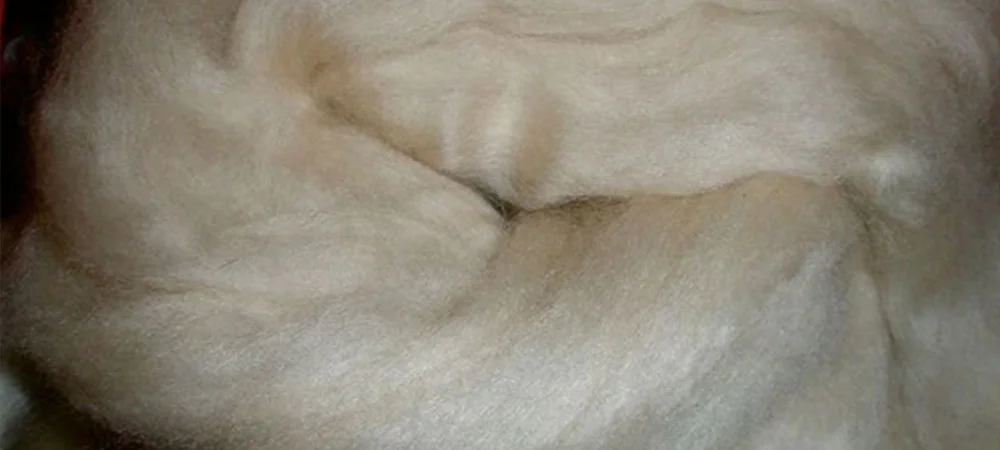Reasons You Must Require Cashmere a Natural Fiber for Convenience and Beauty in Everyday Wear
In the world of textiles, couple of fibers match the luxury and comfort of cashmere. This one-of-a-kind material, known for its remarkable soft qualities and insulation, offers unparalleled comfort and sophistication for day-to-day wear. What sets it apart from various other fibers? Exactly how does it impact the setting and how does it compare to artificial options? Additionally, exactly how can one best use cashmere to boost their design? These fascinating inquiries lay the structure for an informing exploration right into the globe of cashmere.
Recognizing the Elegant Nature of Cashmere

Examining the Comfort Aspect of Cashmere Attire
What high qualities underscore the convenience variable of cashmere garments? The gentleness of cashmere is the initial top quality to take into consideration. Its plush appearance makes it really feel like a second skin, giving warmth without the weight or itching connected with various other wool items. Cashmere's distinct fiber framework permits for breathability, managing temperature and protecting against overheating. The material's adaptability and sturdiness ensure that it mold and mildews against the body easily, preserving its form over time. Cashmere's hypoallergenic homes likewise contribute to its convenience, making it an optimal option for delicate skin. Lastly, the ability to layer cashmere items without bulkiness heightens the convenience element. In essence, the convenience of cashmere is originated from its soft qualities, breathability, sturdiness, hypoallergenic nature, and versatility.

The Environmental Effect and Sustainability of Cashmere
While the comfort and elegance of cashmere are definitely appealing, it's just as vital to consider its relationship with the atmosphere. Cashmere production, mainly in Mongolia and China, includes raising cashmere goats, which can substantially strain breakable grassland ecological communities because of overgrazing. This can result in desertification, a pressing environmental worry. The processing of cashmere, including dyeing and washing, can additionally add to water air pollution if not properly handled. Nevertheless, efforts are being made to establish sustainable cashmere manufacturing approaches, such as rotational grazing and cleaner processing techniques. While cashmere has environmental effects, its sustainability greatly depends on manufacturing methods.
Comparing Cashmere to Artificial Fibers: A Cost-Benefit Evaluation
Despite its environmental challenges, cashmere offers a distinct collection of advantages over synthetic fibers. Cashmere's all-natural fibers use exceptional soft qualities and heat, converting into convenience that synthetic fibers have a hard time to match. Unlike artificial fibers, cashmere does not add to microplastic air pollution, making it a more sustainable option.
Designing Tips With Cashmere for Everyday Elegance
Having considered the cost-benefit analysis of cashmere compared to synthetic fibers, it becomes clear why this extravagant product is a popular choice for numerous. When styling cashmere for daily beauty, simpleness is vital. Inevitably, the integral beauty of cashmere makes it a versatile enhancement to any closet, easily boosting day-to-day clothing with a touch of luxury.

Final Thought
In summary, the remarkable buildings of cashmere make it a useful enhancement to any type of wardrobe. Its glamorous feel, comfort, versatility, and breathability to varying temperatures are unmatched. In addition, cashmere's sustainability and lower environmental impact compared to artificial fibers additionally improve its appeal. The timeless beauty of cashmere, combined with its what material is cashmere adaptability, adds refinement to daily wear. Investing in cashmere garments is a beneficial decision for style, sustainability, and comfort.
